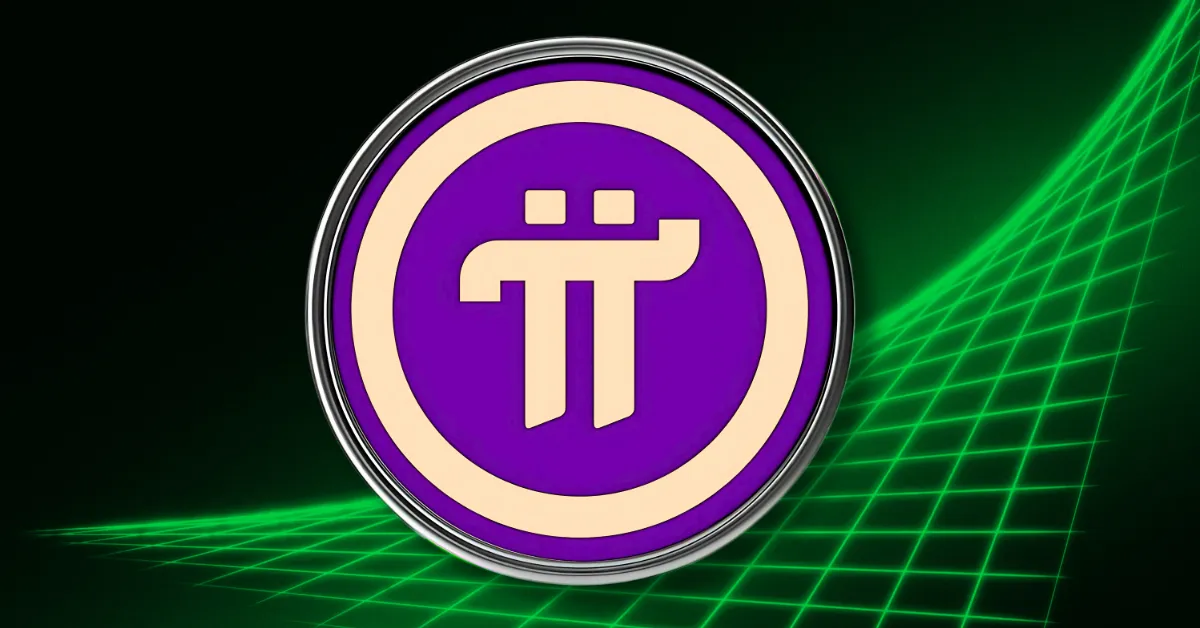
The Pi Network cryptocurrency has stirred considerable interest by pioneering a mobile-friendly mining approach that uses minimal battery power, distinguishing itself in the crowded landscape of digital currencies. As blockchain technology continues to evolve, the promise of easy accessibility to cryptocurrency through ordinary smartphones presents an appealing vision for mass adoption. This unique aspect makes Pi a noteworthy experiment, but understanding its potential future value requires a deep dive into current dynamics, market forecasts, and the challenges lying ahead.
At present, Pi trades around $0.74, though recent substantial token unlocks have put downward pressure on price by temporarily increasing supply. This phenomenon reflects a common hurdle for emerging cryptocurrencies: balancing the token release schedule with the community’s capacity to absorb new supply without diluting value excessively. It’s a classic supply-and-demand puzzle, and for Pi, token unlock events emphasize the direct impact such mechanisms have on near-term price volatility. Investors should note that while Pi’s core concept attracts users eager to mine through mobile devices, the immediate trading market is sensitive to such large releases.
Looking towards 2025, various price predictions suggest Pi might fluctuate between approximately $0.46 and $1.27. Expected modest growth hinges on the gradual expansion of the Pi ecosystem and increased adoption rates. However, major obstacles temper these optimistic projections. Pi remains unlisted on prominent cryptocurrency exchanges and has yet to demonstrate significant real-world use cases beyond mining community engagement. Some forecasts predict short-term rallies, with prices possibly spiking to around $1.20 to $1.25 before dipping below $0.70 amid inevitable market fluctuations. This underscores a fundamental characteristic: volatility will likely remain intrinsic to Pi’s price development during its formative years.
Looking farther ahead, from 2025 through 2030, predictions become more speculative and divergent. Optimistic scenarios imagine Pi breaking substantially higher ground, with prices soaring into double digits or beyond, driven by crucial catalysts. These include achieving widespread user adoption, forging strategic partnerships to enhance credibility and utility, and effectively managing the token supply to prevent inflationary pressures. Achieving these milestones is no small feat but would transform Pi from a niche mining project into a mainstream altcoin contender.
For instance, some analyses anticipate a 2030 price range between $5 and $20 under realistic adoption pathways. More bullish forecasts suggest Pi could reach from $100 to as high as $1,000, provided it secures transformative growth. In this best-case scenario, Pi wouldn’t just be a mode of payment but a well-integrated ecosystem supporting a variety of decentralized applications (dApps) and financial services, thereby significantly boosting demand for its token.
The drivers behind such exponential growth would stem largely from the evolution of the Pi Network ecosystem itself. If the platform matures to offer practical, engaging services beyond mining, such as decentralized finance tools or social applications, its utility and hence token demand could multiply. Furthermore, forming alliances with established companies or embedding Pi within popular mainstream platforms would act as powerful endorsements, catalyzing broader adoption and price appreciation.
Regulatory clarity is another pivotal element shaping Pi’s outlook. Favorable or predictable regulation can facilitate exchange listings and attract institutional investors, while reducing uncertainty for retail users and merchants. Conversely, regulatory hurdles could hinder Pi’s ability to scale effectively or secure mainstream acceptance, introducing additional layers of risk.
Despite the excitement around Pi’s innovative approach and potential, significant challenges remain. The cryptocurrency market’s inherent volatility will continue to affect Pi, and its real-world applications are still mostly unproven. Questions about scalability and whether Pi can sustain or grow its user base after the initial mining phase add further complexity to forecasting its trajectory. Investors would do well to temper enthusiasm with caution; overly optimistic price targets may overlook these substantial uncertainties. If development stalls or global crypto conditions deteriorate, Pi’s value might remain modest, potentially below $20 even by 2030.
In summary, the Pi Network represents a compelling experiment in making cryptocurrency mining more accessible via mobile devices. Current price estimates indicate modest near-term gains tempered by volatility, while longer-range forecasts envision potential substantial appreciation contingent on hitting critical ecosystem and adoption benchmarks. The interplay of user growth, ecosystem expansion, partnerships, supply management, and regulatory factors will largely determine whether Pi remains a niche novelty or evolves into a widely accepted altcoin powerhouse. As this journey unfolds, Pi stands as both a risky yet intriguing asset in the evolving cryptocurrency landscape, worthy of close observation.
